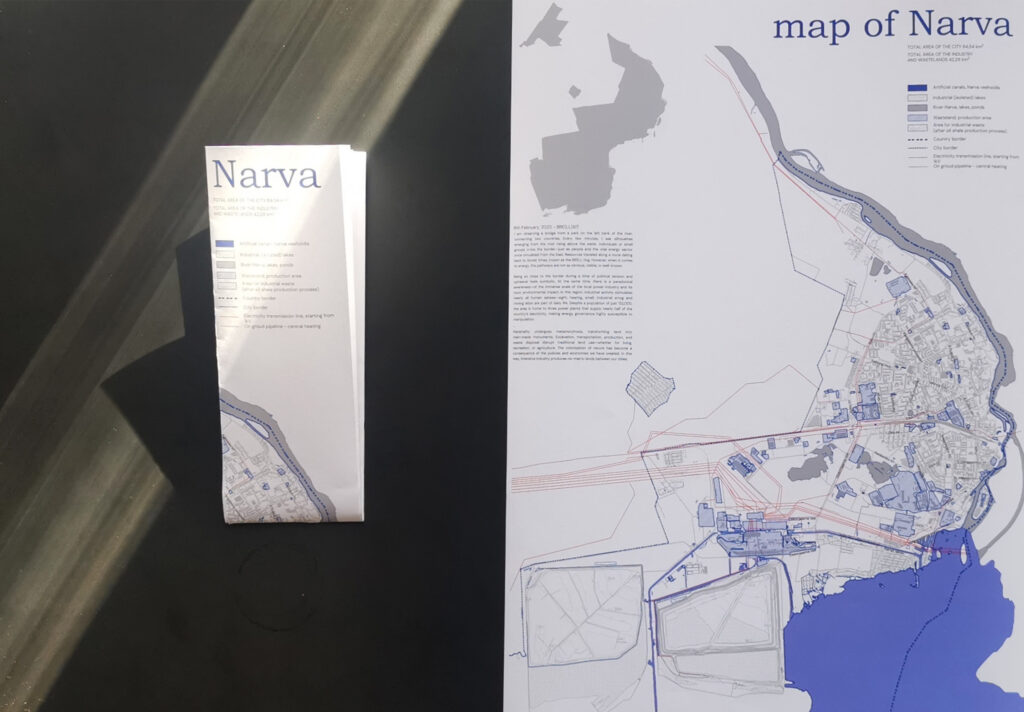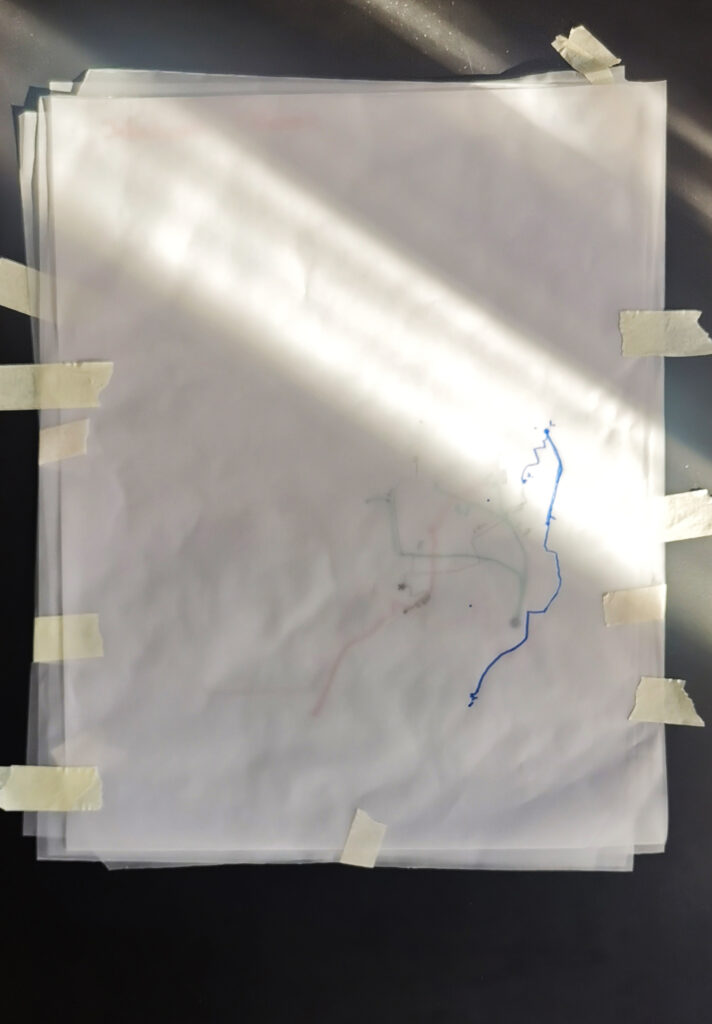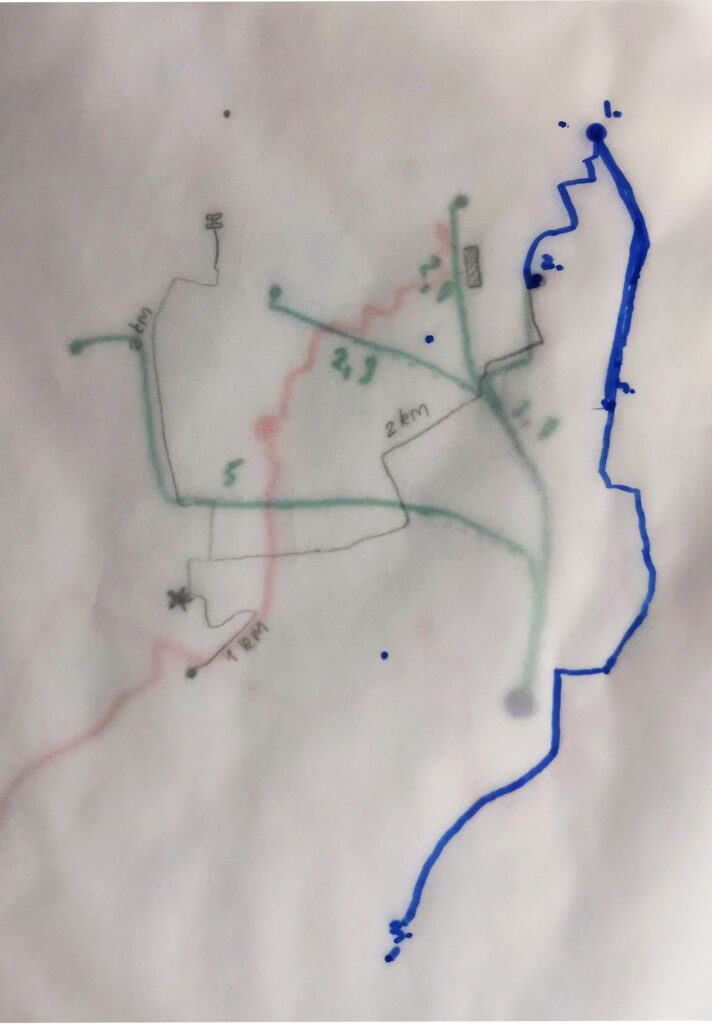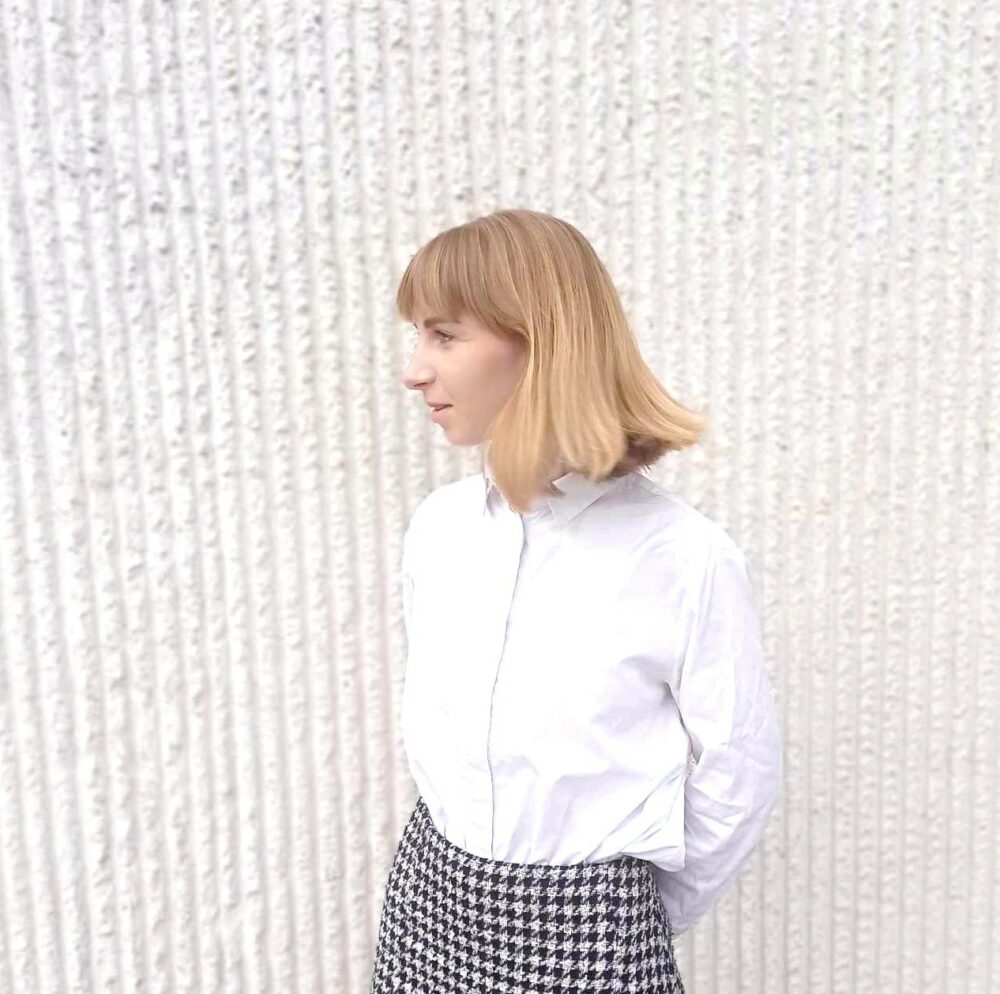Ieva Butkutė (Lithuania)
26.01 – 09.03.2025
Bio
Ieva is a Lithuanian-based architect who graduated in 2021 with an MA degree. Now she is in her 2nd year of doctoral studies in architecture at the Vilnius Academy of Arts. She rethinks cycles of life and the meaning of waste, and seeks to find non-destructive ways to redesign the environment. Her current research focuses on industrial sites, their materiality, by-products and the phenomenon of industrial areas as huge architectural complexes disconnected from city life.
Project
The inquiry explores architectural sites where industrially useful materials collide with ecologically toxic or seemingly worthless waste, creating striking imbalances. Focusing on the site-specific context of eastern Estonia and its oil-shale industry, the project unveils vast, man-made post-natural landscapes intertwined with Soviet and post-Soviet infrastructures and evolving economic dynamics.
Ieva captures industrial landscapes and portraits of the local community, sharing their personal experiences of life within the industry. Her work highlights the intersection of spaces where natural resources meet waste production and where communities bear the cost of global demands. While it is easy to assign a price to oil and electricity, what is the true value of wilderness, clean air, and the health of local communities?
During her residency, Ieva initiated a video documentary project that is still ongoing. Shaped by her personal experiences and collaborations with the local community in Ida-Viru County, the project offers an intimate perspective on the region. Additionally, she developed a detailed map of Narva, emphasizing the industrial layer of the city as equally significant as its residential.
Through both projects, Ieva challenges us to perceive ourselves as interconnected entities existing on multiple scales. To truly understand our role on a global level, we must first examine our immediate surroundings with greater attention.
A mapping workshop hosted by Ieva Butkutė, together with local students, focused on creating personal psychogeographical maps based on individual movement practices and habits. She also produced a detailed map of Narva, covering the entire city including its industrial zones and waste areas.




